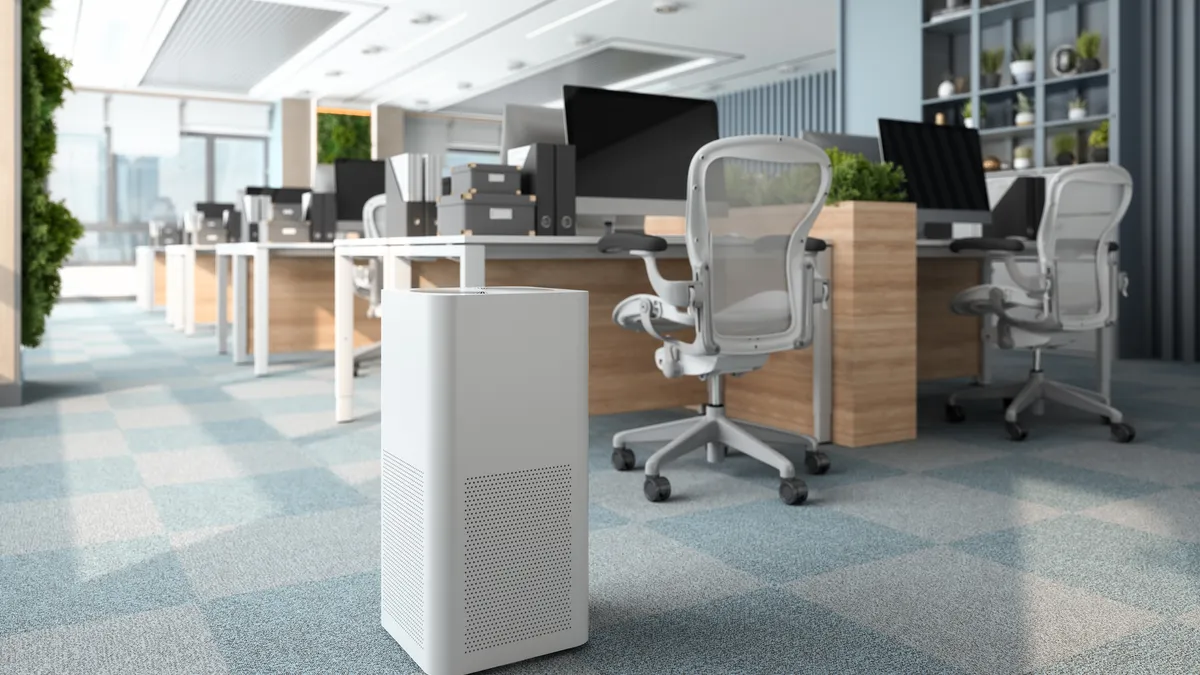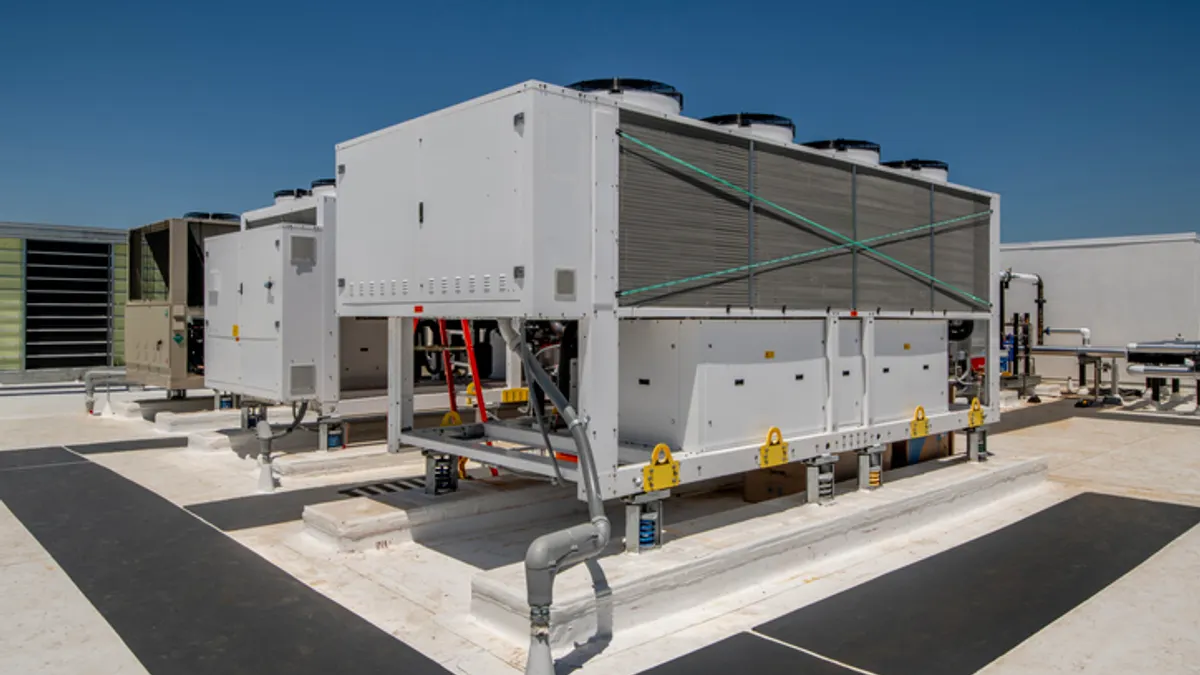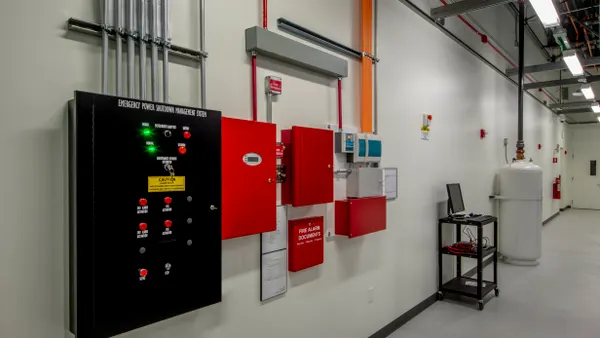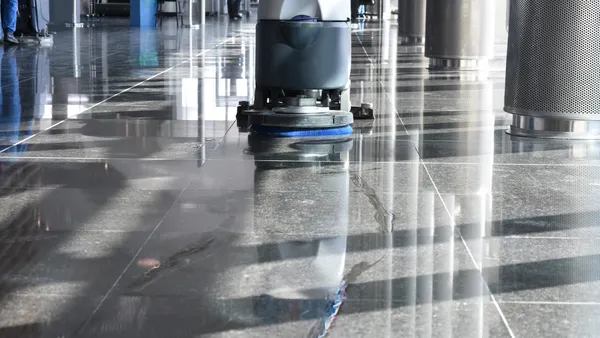More people would avoid a public space because of odors than if there were a known virus outbreak, according to a survey released Tuesday.
Odor, stuffiness and dust guide people’s real-time decisions on whether to return to an office, school, store or gym, according to indoor air quality provider GPS Air’s survey of 1,000 U.S. adults, conducted in May.
Nearly half of respondents were more likely to think about indoor air quality when the air smelled strange or stale, outweighing cues like coughing or sneezing (28%), or personal allergic reactions (13%), according to the GPS Air report.
The importance of sensory perception contributes to a misconception about indoor air quality, other research shows. For example, although more than half of respondents in another survey said they believe plants significantly improve indoor air quality, the effects of plants on air quality is minimal, a Drexel University paper says.
In the GPS Air survey, 41% of respondents said that odors would keep them from returning to a facility compared to 34% who said the same about a virus outbreak. “These findings illustrate how perception, particularly driven by smell and visible cues, continues to shape public understanding and expectations around indoor air quality,” GPS Air says.
People also want proof of air quality, with 61% saying they would trust a space more if they knew it monitored indoor air quality and 65% saying businesses should be required to display indoor air scores, like health ratings.
Growth in healthy building certifications, like the International WELL Building Institute’s WELL rating system, launched in 2014, suggest the facility industry is responding to the growing awareness of IAQ. The rating system covers more than 6 billion square feet of real estate, representing nearly 100,000 locations and a twelve-fold increase since early 2020, IWBI said in July.
“This milestone reflects a new paradigm: prioritizing health isn’t a cost, it’s a catalyst,” IWBI President and CEO Rachel Hodgdon said in a statement. “Six billion square feet is not only 13 times more than the office space in Los Angeles, it’s just shy of the total commercial space of the United Kingdom. … The current scale of WELL … is staggering, and the pace of adoption is equally extraordinary.”
Indoor air quality affects business
About two-thirds of respondents in GPS Air’s survey said they’d switch gyms for better filtration, even if it costs more, and over half said they would choose a hotel with cleaner air if they had a choice.
The preference for clean-air buildings is reflected in market trends. Buildings with healthy building certifications can earn rent premiums between 4.4% and 7.7% more per square foot than other buildings, as well as longer lease terms. “Buildings that support tenant health and well-being generate greater demand and rent premiums,” IWBI says.
“While consumers may not be willing to pay significantly more, they are ready to walk away from options that feel unsafe or neglected,” GPS Air says. The report notes that businesses visibly prioritizing indoor air quality may gain a competitive edge, especially in industries where customers have choices.
“To close this perception gap, the next frontier isn’t just cleaner air, but confidence in it,” GPS Air says. “That means making air quality something people can see, not just assume.”
Air monitoring will continue to move front and center, according to Tony Abate, vice president and chief technology at AtmosAir Solutions. Abate is a member of the ASHRAE Standards Committee and started an ASHRAE Technical Committee, TG2.IAQMP, or Indoor Air Quality Monitoring Devices.
“Within about five years, I believe smart thermostats will have air quality displays on them, so there will be air monitoring in just about any space that will tell you what’s going on with your indoor air quality,” Abate told Facilities Dive. “I think smartphones will start to incorporate indoor air quality in some very basic way. So it’s important that people get ahead of that curve and start to understand what’s going on in your space and what you can do about it before it becomes an emergency.”












